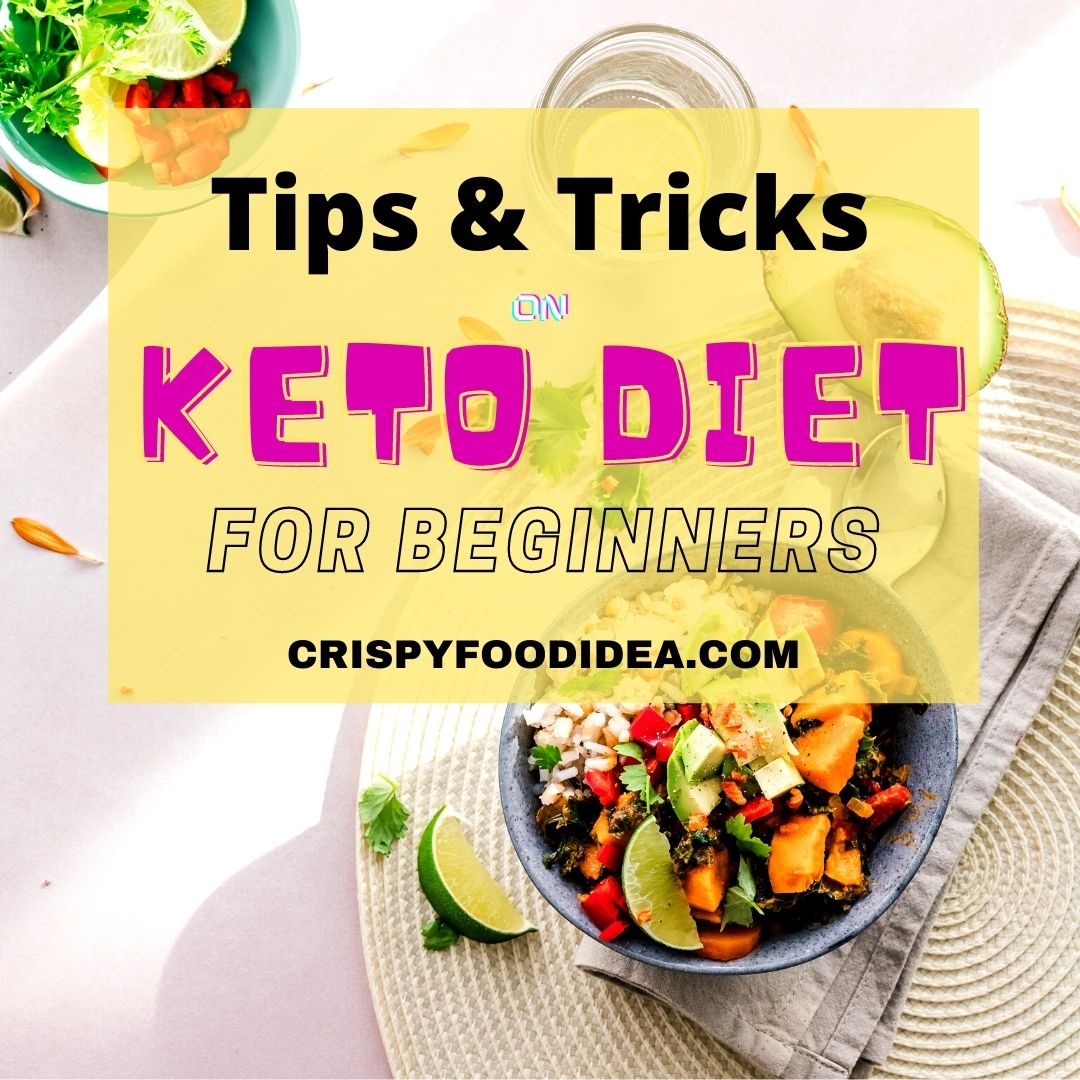When you first get started on a keto diet, it can be overwhelming – becoming carb-conscious rather than calorie-conscious is a new way of looking at food. And yet, research is showing that a keto diet can have lots of benefits when done correctly.
Better brain function, potentially rapid weight loss, and less inflammation are all benefits that people on a keto diet have discovered. You can enjoy these, too, when you know what to do to set yourself up for success.
Here are some accessible tips and tricks that can serve anyone who is just getting started on a keto diet. By following these suggestions, you can hopefully avoid classic keto mistakes and reap the rewards in no time.
Track your carb consumption
- The key to attaining ketosis – where the liver burns fat for fuel rather than carbs – is to limit your intake of carbohydrates.
- The exact number of carbs required per day varies with each person, with some people needing a daily limit of no more than 20 grams. Others can eat up to 40 grams of carbs per day and still achieve ketosis.
- A simple goal to aim for is to have 5-10 percent of your daily calorie intake come from carbohydrates.
- If you are looking at a keto diet to manage epilepsy or for other therapeutic purposes, you should only begin under medical supervision. You might need to restrict your carbohydrate levels to as little as 2 to 5 percent of your calorie intake, so it’s best to do this with professional help.
- Anyone for whom the keto diet would be a radical change should ideally first consult a medical professional.
Eat more healthy fats
- Healthy fats daily, such as coconut or olive oil, avocados, nuts, and seeds, are essential on a keto diet. You’ll want to get at least 60% of your daily calories from fat, so make sure you’re eating foods that are good for your health.
- Nuts, seeds, and avocados also provide fiber, which can often be lacking in a keto diet.
- And healthy fats can taste delicious. Try making yourself some of these peanut butter balls, and you’ll see there’s no need to skip dessert!
- Just keep track of your calorie intake, though, if your primary goal is to lose weight.
Get active
- If you aren’t already exercising, becoming more active can help you achieve ketosis. And there are, of course, many other health benefits of regular exercise.
- Exercise requires fuel from the body, so because you won’t be eating as many carbs, your body will start to learn to burn fat for energy instead.
- However, one thing to remember is that your body will need time to adjust to burning fat for fuel. Most people need about 1 to 4 weeks for the ketosis to kick in, and you may find yourself more tired at first as your body adjusts.
Try intermittent fasting
- You can help your ketosis along (and your weight loss, too) with some intermittent fasting. This process isn’t as challenging as it sounds – many of us do this naturally when we skip breakfast.
- Some people do ‘fat fasting,’ which means eating between 700 to 1,100 calories per day, with 80% of those calories from fat. This combination can help get ketosis going, although it is usually not advisable to do this for more than 3 to 5 days because of the low protein intake.
- You can still enjoy delicious meals, such as a keto vegetable soup which is light yet flavorful.
Make sure you get enough protein
- Protein is crucial for maintaining muscle mass. Intermittent fasting aside, make sure you’re eating enough protein most days.
- To calculate your personal protein needs while on a keto diet, multiply your ideal body weight in pounds by 0.55 first and then by 0.77 (or 1.2 and then 1.7 in kilograms).
- For example, if your ideal body weight is 135 pounds (61.2 kg), your ideal protein intake would be between 74.25 and 103.95 grams.
- If you’re stuck for healthy ways to eat protein (without resorting to large grilled steaks and no veg), try one of these keto bowls for a change of pace.
Suggested Recipes You Like:
High Protein Meal Prep Recipes
Vegan Grilled Recipes
Meals Under 200 Calories
Get organized
- It’s worth taking a bit of time to plan your meals, especially at the beginning. Once you are used to making keto recipes and you’ve found some favorites, you might not need quite as much time to prepare. But any time spent looking for food that you’ll really enjoy will be worth it in the long run, as you’ll be way more likely to stick to your diet and embrace it if you’re having tasty meals.
- And if you’re concerned about meals on the go in the middle of a busy day, here’s how to prep your keto lunches quickly.
Be kind to yourself
Lastly, take it easy on yourself and give yourself time to learn. Anything new takes practice, but the rewards are worth it!
If you like this article about Tips and Tricks for Beginners to the Keto Diet, please share this with your friends on Facebook, Twitter, and Pinterest. Also, you can subscribe to my blog to get all the latest articles first on your mobile.
SHARING IS CARING!
FACEBOOK | TWITTER | PINTEREST
Did you like this recipe and make it later at home? SAVE this pin to your favorite board on Pinterest!
This is a sponsored guest post that “Ray” produces. This post may contain authorized links that are not related to our site. For more details, please check out our Guest Post policy.




